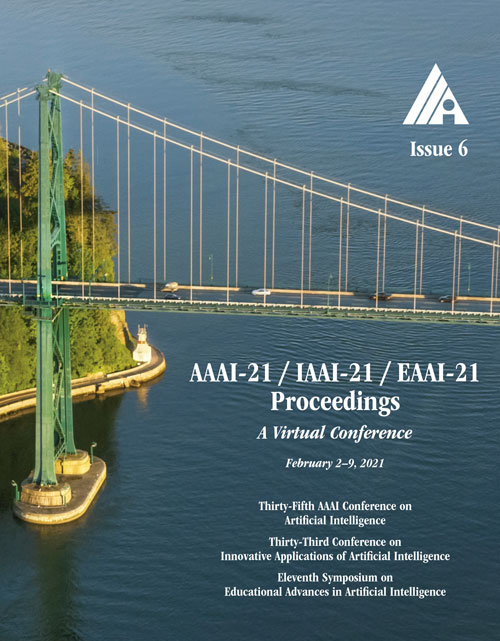Neural-Symbolic Integration: A Compositional Perspective
DOI:
https://doi.org/10.1609/aaai.v35i6.16639Keywords:
Neuro-Symbolic AI (NSAI)Abstract
Despite significant progress in the development of neural-symbolic frameworks, the question of how to integrate a neural and a symbolic system in a compositional manner remains open. Our work seeks to fill this gap by treating these two systems as black boxes to be integrated as modules into a single architecture, without making assumptions on their internal structure and semantics. Instead, we expect only that each module exposes certain methods for accessing the functions that the module implements: the symbolic module exposes a deduction method for computing the function's output on a given input, and an abduction method for computing the function's inputs for a given output; the neural module exposes a deduction method for computing the function's output on a given input, and an induction method for updating the function given input-output training instances. We are, then, able to show that a symbolic module --- with any choice for syntax and semantics, as long as the deduction and abduction methods are exposed --- can be cleanly integrated with a neural module, and facilitate the latter's efficient training, achieving empirical performance that exceeds that of previous work.Downloads
Published
2021-05-18
How to Cite
Tsamoura, E., Hospedales, T., & Michael, L. (2021). Neural-Symbolic Integration: A Compositional Perspective. Proceedings of the AAAI Conference on Artificial Intelligence, 35(6), 5051-5060. https://doi.org/10.1609/aaai.v35i6.16639
Issue
Section
AAAI Technical Track Focus Area on Neuro-Symbolic AI

